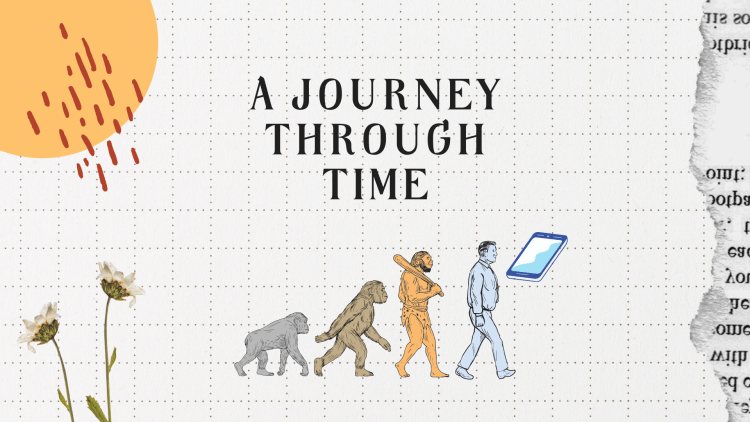Mobile phone technology has come a long way, from the first cell phone in 1973 to the latest iPhone models. The evolution of mobile phones is a fascinating journey through time that has revolutionized how we communicate, work, and live our lives.
In the early 1970s, the concept of a portable phone was a futuristic idea that only existed in science fiction. However, in 1973, Motorola engineer Martin Cooper made the first-ever cellular phone call on a prototype device that weighed a whopping 2.5 pounds. The phone was the size of a brick and only had 30 minutes of talk time.
It wasn’t until the 1980s that mobile phones began to enter the mainstream market. The first commercially available cell phone was the Motorola DynaTAC 8000X, released in 1983. The phone cost $3,995, weighed two pounds, and had a battery life of only 30 minutes.
Throughout the 1980s and 1990s, mobile phones became smaller and more affordable. In 1992, IBM released the Simon Personal Communicator, the first smartphone. The Simon had a touch screen, email, and fax capabilities, but it was expensive and not widely adopted.
The late 1990s and early 2000s saw the rise of the flip phone, which was popularized by Motorola’s StarTAC and Nokia’s 6110. These phones were sleek and stylish, and their clamshell design protected the screen and keypad.
In 2007, Apple released the first iPhone, which marked a significant turning point in mobile phone technology. The iPhone was the first phone to have a touch screen, and it introduced a whole new way of interacting with a phone. The App Store, which was introduced in 2008, allowed users to download various third-party apps, further expanding the functionality of the iPhone.
Since the release of the iPhone, mobile phone technology has continued to evolve rapidly. Today, smartphones are more powerful, with features like facial recognition, wireless charging, and high-quality cameras. The latest iPhone models can shoot 4K video and have processing power that rivals some laptops.
In addition to advancements in hardware, mobile phone technology has also seen significant improvements in software. The rise of machine learning and artificial intelligence has allowed phones to become more intelligent and intuitive. Voice assistants like Siri and Google Assistant allow users to interact with their phones using natural language, and they can perform various tasks like setting reminders, sending messages, and making phone calls.
Mobile phones have also become an essential tool for work and productivity. Employees can work virtually anywhere with email, video conferencing, and cloud storage apps. Mobile phones have also made it easier to collaborate with coworkers, whether they are in the same office or working remotely.
One of the most significant impacts of mobile phone technology has been on social media and communication. Apps like Facebook, Instagram, and Snapchat have changed how we communicate and share information with friends and family. Social media has also given rise to a new era of influencers and content creators who can build an audience and monetize their content using platforms like YouTube and TikTok.
As mobile phone technology continues to evolve, it’s clear that it will have an even more significant impact on our lives in the future. The rise of 5G networks promises to bring faster speeds and lower latency, enabling new applications like augmented reality and virtual reality. The Internet of Things (IoT) will also become more prevalent, allowing us to control our homes, cars, and appliances using our phones.
In conclusion, the evolution of mobile phone technology has been a remarkable journey through time. From the first cell phone in 1973 to the latest iPhone models, mobile phones have changed how we live. They have become essential tools for work, communication, and entertainment, and they will continue to shape our future in ways we can’t even imagine.
